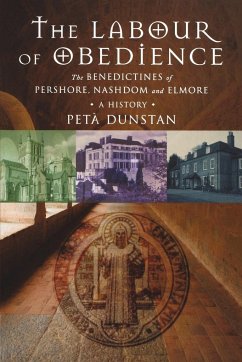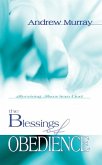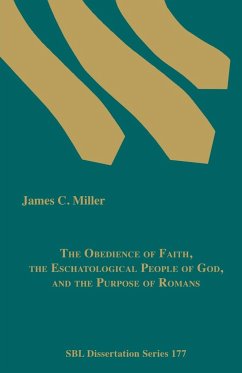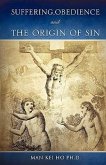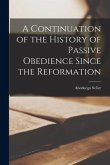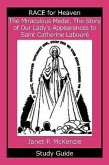This important study of key Anglican Benedictine Communities in the first half of the 20th century provides a vital record of how the Anglican Communion dealt with an issue that was as divisive in its day as today's disputes over sexuality and women bishops, and explores the origins of the influential Anglican Papalism movement. It was the heyday of Anglo-Catholicism in the Church of England. Religious life was flourishing for the first time since the Reformation. The first shock came when the Abbot of Caldey, a flamboyant character noted for luxurious tastes, and his monks went over to Rome. Nashdom - the great Benedictine community to which Gregory Dix belonged and, in many ways, the ultimate expression of Anglo-Catholicism - threatened to do likewise over the crisis of the Church of South India where the very idea of priestly ordination and identity was being challenged. Thanks to Archbishop William Temple the crisis was averted, the monks of Nashdom stayed and the scene was set for Anglican Papalism to enter the stage. PETA DUNSTAN lectures in Modern Church History at the Faculty of Divinity, University of Cambridge, and is editor of Anglican Religious Life, the directory of Anglican religious communities worldwide.
Hinweis: Dieser Artikel kann nur an eine deutsche Lieferadresse ausgeliefert werden.
Hinweis: Dieser Artikel kann nur an eine deutsche Lieferadresse ausgeliefert werden.

